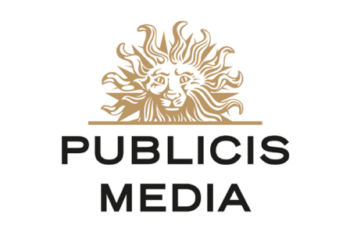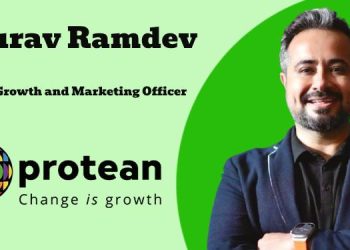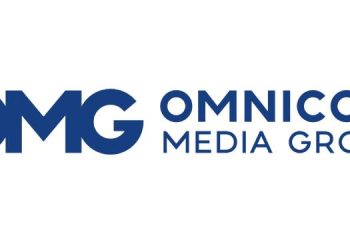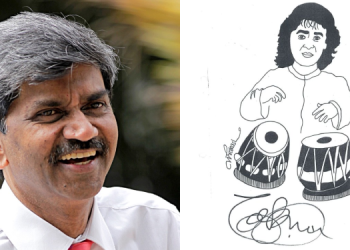In conversation with Medianews4u.com ahead of Wavemaker’s fifth anniversary, which falls on 9th November 2022, Ajay Gupte, CEO – South Asia, opens up on the GroupM agency’s growth path.
He explains how investing ahead of the curve in the two agencies that were merged to form Wavemaker – MEC and Maxus – helped the merged entity navigate the Covid crisis and come out stronger. And he tells us why investing in areas like the Metaverse, influencers, content and technology early has led to awards and new business.
We also asked him about Television measurement and how it has impacted the medium, RoI on big ticket properties like the ongoing Men’s T20 Cricket World Cup and more.
Wavemaker was Media Agency of the year at Emvies and multiple other recognitions have come your way in 2022. You are reported to have added Rs.1,500 crore in billings in the last two years retaining some old accounts and winning new ones. You moved into the role six weeks before Covid hit. How has the ride been?
a) On the Covid challenges
b) Award-winning work and recognitions
c) New businesses (clients) won, lost and net growth in billing
It has been a wonderful ride. I have been part of this group for a long time even before the merger of MEC and Maxus. Being part of the group, I was involved in the birth of Wavemaker. I am deeply passionately connected to Wavemaker. I oversaw the launch of the brand while in Indonesia. It was an incredible occasion as a new agency was being launched in 100-plus countries at the same time. Getting the culture and people right and a putting things in place on a global scale was an incredible journey. The things that we have achieved in the last five years has been phenomenal.
Now, coming back to India, Wavemaker India was launched in 2017, on 9th November. I moved into the role towards 2019. By the time COVID hit us, from then on it was not an easy journey as I have not met the people. We as a team got together and stood for each other well.
We did a couple of things which worked for us. The two to three years we spent during the pandemic, we managed to achieve a lot, which has been our inherent strength. When we look at the DNA of Maxus and MEC, Maxus was a very big brand in India. It was created as a second agency to Mindshare so we wanted it to be different and heard. We were able to create an agency that was entrepreneurial and creative. During 2004-’05, we had a very strong digital team, when agencies were not investing heavily on digital. We had already set up an e-commerce team In India. So, as an agency we have invested ahead of the curve. We also had a strong content team, which was not common for an agency at that point of time. MEC on the other hand was strong from ROI and logical, mathematical perspective. Hence, the management team decided to make investments, to remain relevant in the future.
What happened during the pandemic was, suddenly it became important for the clients to reach out digitally. Performance and data became very important. These were the small investments we had made which allowed us to push forward. Consumers had many options in front of them. It became important to engage with them, therefore content became important, which again we were equipped with prior. During the pandemic period, content grew to be 12 pc of our business and about 70 people working in the content team. We have 25 clients in e-commerce today. Because of the small investments we made ahead of the curve, we could provide the services and when it was delivered, we learned a lot as we have a wide base of clients. The learnings from each client were used while providing service to other clients, which helped in the business growth.
At the end, when we came out of these two to three years, we had established a strong practice in areas like social commerce, performance marketing, e-commerce, web3.0 and more. We were able to strengthen our relationship with the clients; that has been a greatest achievement.
You have pioneered some interesting brand initiatives in the metaverse, merging online engagement and offline delivery in one case of a marriage and engaging with relevant content married to data for Luminous in another, for instance. There is a view that the metaverse is overhyped. There is also a view that it is underleveraged. Your views on the potential of metaverse for brands.
The metaverse is a reality. Currently the way it is used in some cases from the brand perspective is very nascent because the technology is expensive. Hence, it is difficult to create that kind of technology at a smaller level. Right now, the experiences you are witnessing are possibly not to the level of expectation. However, the question to be asked is are we ready for this?
For example, Wendy’s ‘Keep Fortnite Fresh’ campaign. Fortnite, the free-to-play Battle Royale game, announced a game mode called Food Fight, pitting team Burger against team Pizza. Wendy’s found an organic way in: ‘Join team Pizza because team Burger stored their beef in freezers’. Wendy’s does not do frozen beef. Hence, instead of killing other players, they killed freezers. It was streamed on Twitch, where hundreds of thousands of gamers watched them wage war on Fortnite’s frozen beef.
This is the best kind of engagement possible with the young generation who are living in the metaverse today. Metaverse will be important because the current consumers of the future are more comfortable with it than we are.
We did a Holi party on Metaverse and the number of participants at the party was 18,000, which was much higher than we expected. Those 18,000 people spent 15-odd minutes on an average in the party. We learnt so many things from there. We learnt what can go wrong, how to pull people into a metaverse, and the kinds of people who come in. The next time we do something, we are already one step ahead of someone who has not done this before. Today, all the innovation and integration has come very cheap.
If you ask me if the integrations we have done are the smartest, then the answer is ‘No’. But, have we as a team learnt something, have we got something out of it at zero cost? Yes!
The media agency’s role has gone from ensuring consumers see an ad to persuading the consumer in the right context with the right content, to even buying online today. How big is the content practice for Wavemaker?
Content practice is diverse and large. We have 70-plus people in content practice which is a very large number. We have people managing advocacy, which is influencers, copywriters, video film experts, experts who can create association with cinemas (both in South India and Bollywood). What we have done is we created these various capabilities and it’s about 12 pc of our business, which is a massive number.
The beauty of content is that if it is memorable, you won’t remember that I released 1000 GRPs for my client, but will remember the content created. It creates better love for us with our clients and it helps the clients engage with their consumers better. Finally, if you help your clients in reaching out to the consumers better, you create better bonding with the clients.
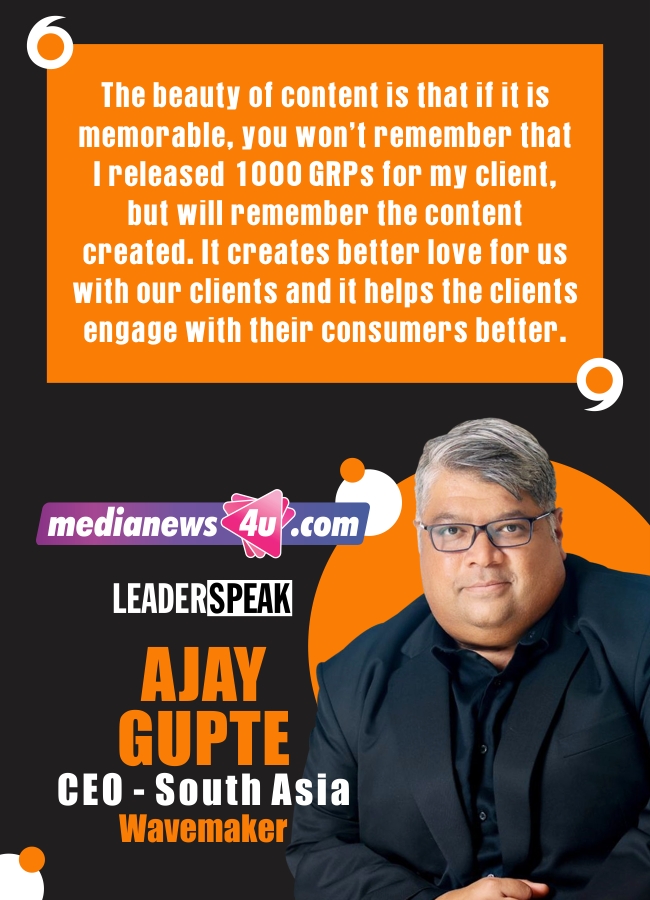
The influencer universe is growing bigger and bigger. Trends like live commerce are noticeable. What are your views on influencer marketing and how big a space is it for Wavemaker?
We are just scratching the surface of Influencer Marketing; it is going to become really big. There are so many people who are becoming influencers; all you need is a camera and nowadays a smartphone is good enough. It starts that way and some take it forward as an art form. It is already massive and it is going to gain more importance. The dependance on getting information and support from the ecosystem from influencers is becoming more and more common.
As brands, it is about how you harness them without seeming to be a brand plugin. It must be natural, otherwise consumers won’t believe it. One needs to find ways to make it genuine and interesting. We help brands to create spaces where the influencers come in and facilitate the creation of content. We have to make sure that influencers are creating the right content about the brand and second thing is that to ensure that you are not getting into the hands of influencers of ill-repute. For that, we have a product called Wavemaker Thrive, which analyses influencers to see how many of the followers are genuine, how many of them are bots etc.
We need to know if the followers of influencers are genuine, if they are engaging well with the consumers, and you need to be able to help deliver them better content about your brand. If you focus on cracking these things, then you have a winning strategy in hand.
You have spoken about hiring specialists from multiple other streams outside media – of breaking the traditional media agency format. What is the number of people at Wavemaker India today, how is it growing? What percentage of them are not the traditional media agency professionals?
It is not easy to attract talent from other industries. Is it important to get diverse talent into the system? Yes!. The core media person is not the best equipped with some services. For example, the end-to-end e-commerce, we have not been trained in it. We hire people from the e-commerce background who know how it is done.
When we talk about content creation, we have hired people from film industries, creative agencies, and they have come in and lifted the quality of our practice. It is not easy to get them in and to retain them. Today, with the body of work we have it has become easier for us to attract such talent and retain them. We are giving opportunities to our existing team members to take on responsibilities which bring new expertise or capabilities into the system.
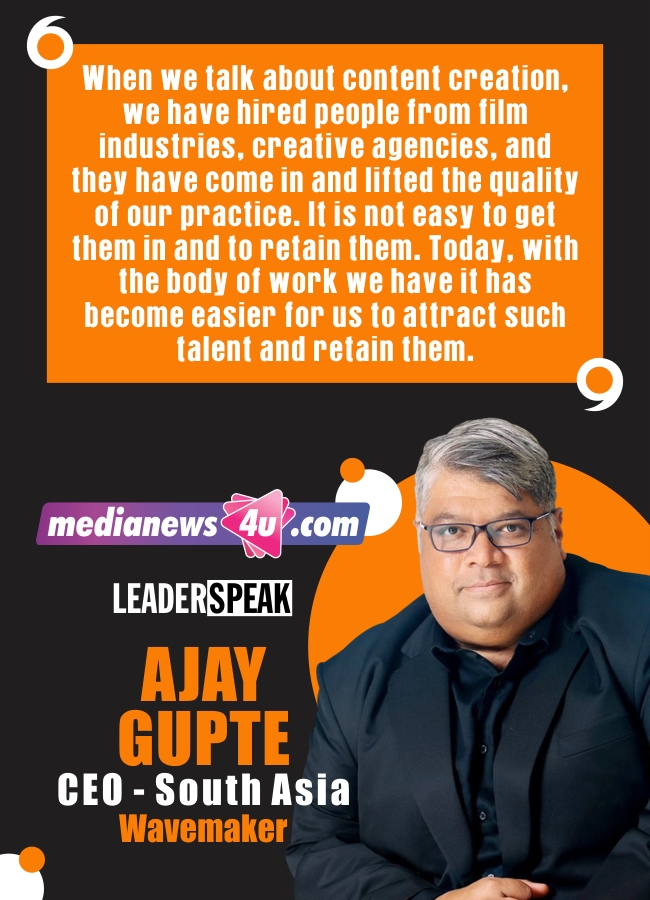
One important data point is that 83pc of people I have hired last year are all from new capabilities and not from media capabilities. That is phenomenal justification for the kind of differentiated work that we were able to do. Today 25pc of our work staff are beyond media planning and buying. The kind of awards that are coming through, with all humility, is a testament to the fact that we were able to create something different.
You have invested in technology, content and advocacy early. It helped Wavemaker in its growth journey. Can you cite instances where it has given the agency an upper hand, or helped bag clients?
We had a fledgling e-commerce practice, a fairly evolved content practice, one audience scientist, few data people. Then the entire pivot happened during the pandemic, where data and content, engaging with the consumers, and commerce gained importance. We had the capabilities to do it as we were already equipped. We started learning and hiring people more and building the practices. It grew to various verticals, which are very powerful today. Therefore, organically when a client wants to start on this journey, he would first approach his existing partner. When we have the experience of doing it with other clients, we become the primary choice.
We have been winning organic business that way and inorganically there are not many agency partners who can do this kind of work. Therefore word spread, we were able to win business that way as well. Today, we are not only doing great media planning and buying which is our core. Apart from that we are helping our clients create their data, content, and do e-commerce. Right from the awareness stage to engaging with the consumer and creating positive consideration to finally selling, we are helping the clients through the journey. There are clients who are coming to us and asking us to participate in pitches, in some cases asking us to take the business without a pitch. Today, we have reached a situation where there is a little bit of pull for Wavemaker.
From a talent perspective, I have enough and more instances where people are coming up and saying that they want to work with Wavemaker.
The TV industry has been chaotic with controversy on the BARC measurement system and the landing page issue. Has it affected the credibility of the medium among clients?
I don’t think the credibility of the medium is affected. This is an established medium delivering consistent results for years. There are enough and more cases of brands being built on TV as a medium. I have immense trust in the BARC system; it is not someone else, it us, it is agencies, advertisers together supporting it and trying to make it work. There are some challenges now and I don’t think we have answers to all the questions. I believe the basics of the ecosystem are strong enough to be able to answer these questions and all of us should make the efforts as a team.
The work on Cadbury has been lauded across the world. It is also an instance of collaboration between multiple agencies and partners to deliver on a single campaign. Are we seeing more collaboration across the board? Are we returning in a sense to that future of ‘integration’?
This is the intrinsic strength of WPP network led by CVL Srinivas, Country Manager, WPP India. As we are all connected to each other, it allows us to engage with and collaborate a lot better. Mondelez is a wonderful example of that collaboration. I think it’s only going to get stronger. Mondelez has flown the flag high, people are looking at it and want to be like them. This work is going to help us to create more collaboration.
How do the broadcast and digital advertising rates compare with previous World Cups? With India starting with the win over Pakistan and getting into the semis, how has attendant viewership been and how do you view the RoI for advertisers?
I think it was a lottery for all of us. The match had a concurrent (viewership) of 2 crores on Disney+Hotstar, normally it was about 1 to 1.3 crore for an India match. The brands that came on board at that point of time reaped benefits. Also, it helped in creating more interest in the World Cup. If we have an India-Pakistan final, then the ratings and views will increase manifold. I think it will be great value for money for clients. We needed something like this right now because the media investments have not picked up during the festive period. Something like this will create a lot of positivity and traction in the market. It will generally create positivity with the clients and brands.
The rates have been inflating quite a lot because of the acquisition process going up. Cricket is such a product that cuts across all forms of segments.
What is the vision and what are the quantifiable targets?
We want to be India’s most wanted media agency. This is a war cry from our Global CEO, Toby Jenner, who said we want to be the world’s most wanted media agency. It is very easy to translate: it means that we provide services to clients that helps them to grow their business better. What is it that we need to make sure we better their business? We need to help them with better rates, data, content creation, advocacy, all of that.
When I know this is my plan, I am focused on improving my product in areas that are important for my clients. The team Wavemaker India including the leadership team are very clear about the vision. We want to continue growing our new services which already got a head start. We want to get new businesses. We have been consistently growing at a minimum of 20pc-plus every year for the last five years. We just want to keep that up, a minimum of 25 pc possible every year.


